USDA and meat industry ignoring massive warning signs
A pilot program meant to more rapidly identify contamination in the plants which process the meat we eat on a daily basis has been an utter failure, yet still may be implemented as the USDA standard. The Washington Post’s Kimberly Kindy explains:
The program allows meat producers to increase the speed of processing lines by as much as 20 percent and cuts the number of USDA safety inspectors at each plant in half, replacing them with private inspectors employed by meat companies. The approach has been used for more than a decade by five American hog plants under a pilot program.
But three of these plants were among the 10 worst offenders in the country for health and safety violations, with serious lapses that included failing to remove fecal matter from meat, according to a report this spring by the USDA inspector general. The plant with the worst record by far was one of the five in the pilot program.
Worried yet? How about this fact – the USDA has allowed other countries to use a similar process in plants exporting red meat to the U.S. for at least the past two years, if not more.
Now, part of the reason pilot programs are run is to test, and that means it’s not uncommon for there to be failures. What’s really frightening about this case from a crisis management standpoint is that, despite the negative findings from the pilot program, the USDA seems determined to move forward without stopping up the holes in the process.
Of course, all it takes is one read through this quote, from the same Washington Post article, to see how the USDA feels about crisis prevention:
In interviews, six USDA inspectors working in the pilot plants raised health concerns. They spoke on the condition of anonymity because they believed their jobs would be in jeopardy otherwise.
Several said company and government workers are yelled at, threatened and shunned if they try to slow down or stop the accelerated processing lines or complain too aggressively about inadequate safety checks. They also warned that the reduction in the ranks of government inspectors in the plants has compromised the safety of the meat.
“We are no longer in charge of safety,” said an inspector with more than 15 years of experience. “That’s what the public needs to know.”
Mindless backing of a failed policy, greed pushing operations to unsafe speeds, and a culture that punishes those who dare to speak out about the dangers involved…sounds like a recipe for disaster.
——————————-
For more resources, see the Free Management Library topic: Crisis Management
——————————-
[Jonathan Bernstein is president of Bernstein Crisis Management, Inc., an international crisis management consultancy, author of Manager’s Guide to Crisis Management and Keeping the Wolves at Bay – Media Training. Erik Bernstein is Social Media Manager for the firm, and also editor of its newsletter, Crisis Manager]











